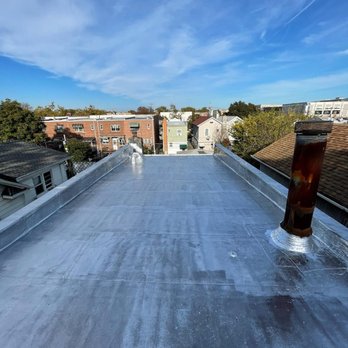In today’s world, homeowners are becoming more mindful of their energy consumption and its impact on both the environment and their utility bills. These innovative roofs not only help to reduce heating and cooling costs but also increase the overall comfort and longevity of your home. With advancements in roofing technology, homeowners now have access to a variety of energy-efficient options that can significantly enhance the performance of their homes. Energy-efficient roofing systems primarily work by improving your home’s insulation, reducing heat absorption, and reflecting sunlight away from the roof. This keeps your home cooler in the summer and warmer in the winter, ultimately reducing the demand on your heating and cooling systems. As a result, energy-efficient roofing can lead to substantial savings on your energy bills, particularly in areas with extreme climates. For instance, cool roofs, which are made of materials that reflect more sunlight and absorb less heat, are particularly effective in hot climates where cooling costs can be a significant expense.

The Alter Phase Roofing NYC also contribute to a more sustainable environment by reducing the need for energy production. As more homeowners switch to energy-efficient systems, the collective impact on energy consumption is noticeable, helping to reduce the carbon footprint of individual households. Many energy-efficient roofing materials are also made from recycled or recyclable materials, further supporting environmental sustainability. When considering an energy-efficient roof, it is important to choose materials that suit your specific climate and needs. For example, metal roofing is highly reflective and durable, making it an excellent choice for homes in hot areas. It reflects the sun’s rays, which can keep the interior of the home cooler and reduce the strain on air conditioning systems. On the other hand, clay or concrete tiles are another popular option due to their natural ability to insulate and reflect heat. These materials are often used in warm climates but can also be effective in colder regions, where they help retain heat during the winter months.
In addition to the material itself, proper installation plays a critical role in the performance of an energy-efficient roof. A well-installed roof that has proper ventilation and insulation can further enhance its energy-saving properties. For instance, attic ventilation helps to regulate the temperature in the roof space, preventing the buildup of heat in the summer and the loss of warmth in the winter. Insulation, on the other hand, ensures that your home retains the optimal temperature, reducing the workload on your heating and cooling systems. Another key advantage of energy-efficient roofing is the potential increase in property value. As energy-efficient features become more desirable to buyers, homes with these systems are likely to stand out in the market. Investing in energy-efficient roofing can not only save you money in the long run but can also make your home more attractive to future buyers. One of the most effective ways to achieve this is by investing in energy-efficient roofing systems.


